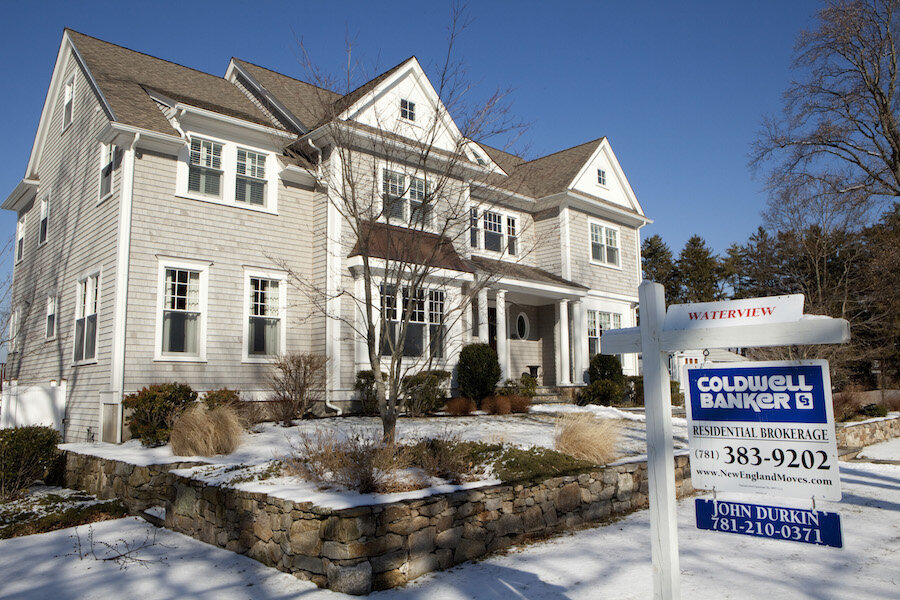Are Zillow's home price estimates accurate?
Loading...
Zillow’s Zestimates, the machine-made home value assessments, put Zillow on the map. Without these controversial algorithm-produced appraisals, Zillow would be a home search engine just like all the others. By and large, real estate agents hate them and homeowners swear by them — or at them — depending on how their home value goes.
How accurate are Zestimates? Here’s what we found.
Found the perfect house? Now find the best home loan with NerdWallet’s mortgage rate tool.
Zestimates: Improving Accuracy
Zillow says Zestimates currently have a median error rate of 8%. That may seem to be a large margin — but it has improved. The algorithm began with a 13.6% median error rate in 2006, according to Zillow.
However, error rates can vary widely, depending on where you live. In the top metros, Zillow says accuracy ranges from a median error rate of 5% in Washington, D.C. to 9.5% in Pittsburgh. But in four cities — Houston, Kansas City, San Antonio and St. Louis — Zillow is unable to produce a Zestimate at all.
How Zillow Zestimates are computed
Zillow doesn’t reveal much about what’s inside the black box of Zestimates, other than to say that the value is calculated three times a week based on “millions of public and user-submitted data points.”
However the Zestimates are created, Zillow says between major upgrades new iterations of the model are constantly being devised. And since Zestimates were introduced on the site in 2006, the company has deployed three completely new versions of the algorithm, in 2006, 2008 and 2011.
“Home characteristics, such as square footage, location or the number of bathrooms, are given different weights according to their influence on home sale prices in each specific geography over a specific period of time,” Zillow says.
The site also mixes in property tax information and prior sale prices for a home, as well as for others nearby.
But the accuracy of the home value estimates is hotly debated. Zillow says it calculates the accuracy of its “proprietary automated valuation models,” or AVMs, by taking a home’s final sale price and comparing it to the Zestimate on or before the sale date.
More robo home values are on the way
The Zestimate is now just one of many AVMs available on home search sites and in the real estate industry. The old saying, “If you can’t beat them, join them” seems to apply. Developers are frantically trying to out-do one another by cobbling together new variations of black-box home price estimates.
But there are several areas where AVMs usually fall short:
- AVMs can’t determine the actual condition of a house. Has it been recently renovated — or is it in dire need of an upgrade?
- AVMs account for the number of bedrooms, baths and the total square footage, but these don’t always correspond to a higher or lower price: Sometimes a bathroom is poorly located, or a bedroom is tiny.
- AVMs don’t usually take into account title defects, permitted versus unpermitted structures, and other property nuances.
- Physical characteristics that impact local demand and value — such as architectural style, year built, and layout and flow of a home — cannot be factored in.
Zestimates: Better high than low
To see a Zestimate at work, consider the fact that in July of this year Zillow Group CEO Spencer Rascoff listed his four-bedroom home in Seattle, Washington, for $1.295 million. At the time, the Zillow Zestimate valued the home at about $1.39 million. That’s over 7% higher than the list price, but within the Zillow median margin of error.
Gordon Stephenson, the listing agent for Rascoff, told industry publication Inman that Zillow probably overestimated the value of Rascoff’s home because “its algorithm might not have accounted for the home’s unique floor plan.”
However, he added that if the Zestimate of the home had been lower than its listing price, buyers might have been inclined to think the listing was overpriced. But since the Zestimate was higher than the asking price, buyers might think the home was “a bargain.”
“It’s certainly better for us as a seller to be $100,000 below the Zestimate than $100,000 above the Zestimate,” Stephenson told Inman. That means there’s “a lot less explaining to do.”
“My hope is that the public is getting pretty smart about how Zestimates actually relate to home values,” Stephenson added.
Since then, the home’s price has been discounted $96,000. Meanwhile, the Zestimate has risen by $185,000 to $1,575,206. Go figure.
Hal Bundrick is a staff writer at NerdWallet, a personal finance website. Email:hal@nerdwallet.com. Twitter: @halmbundrick
This article first appeared in NerdWallet.







